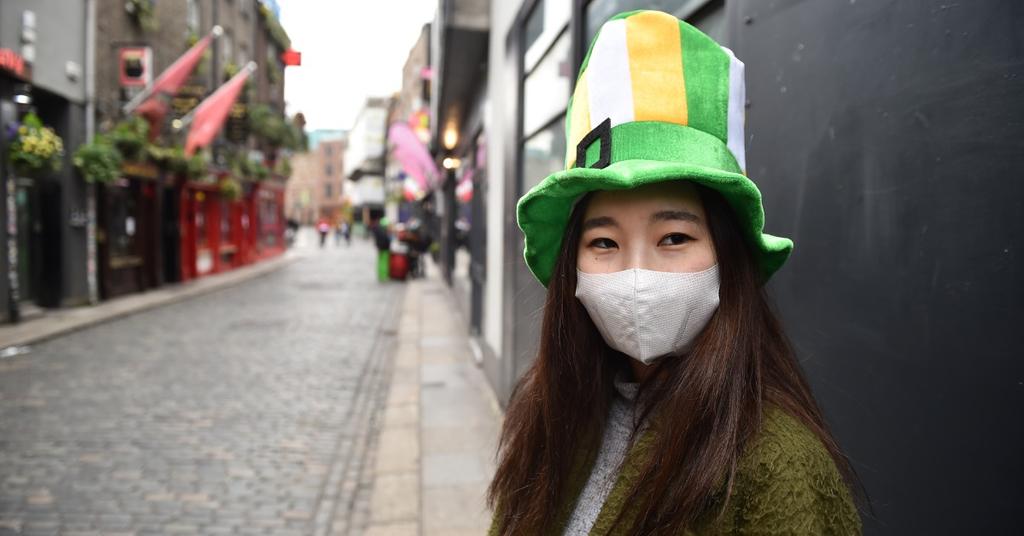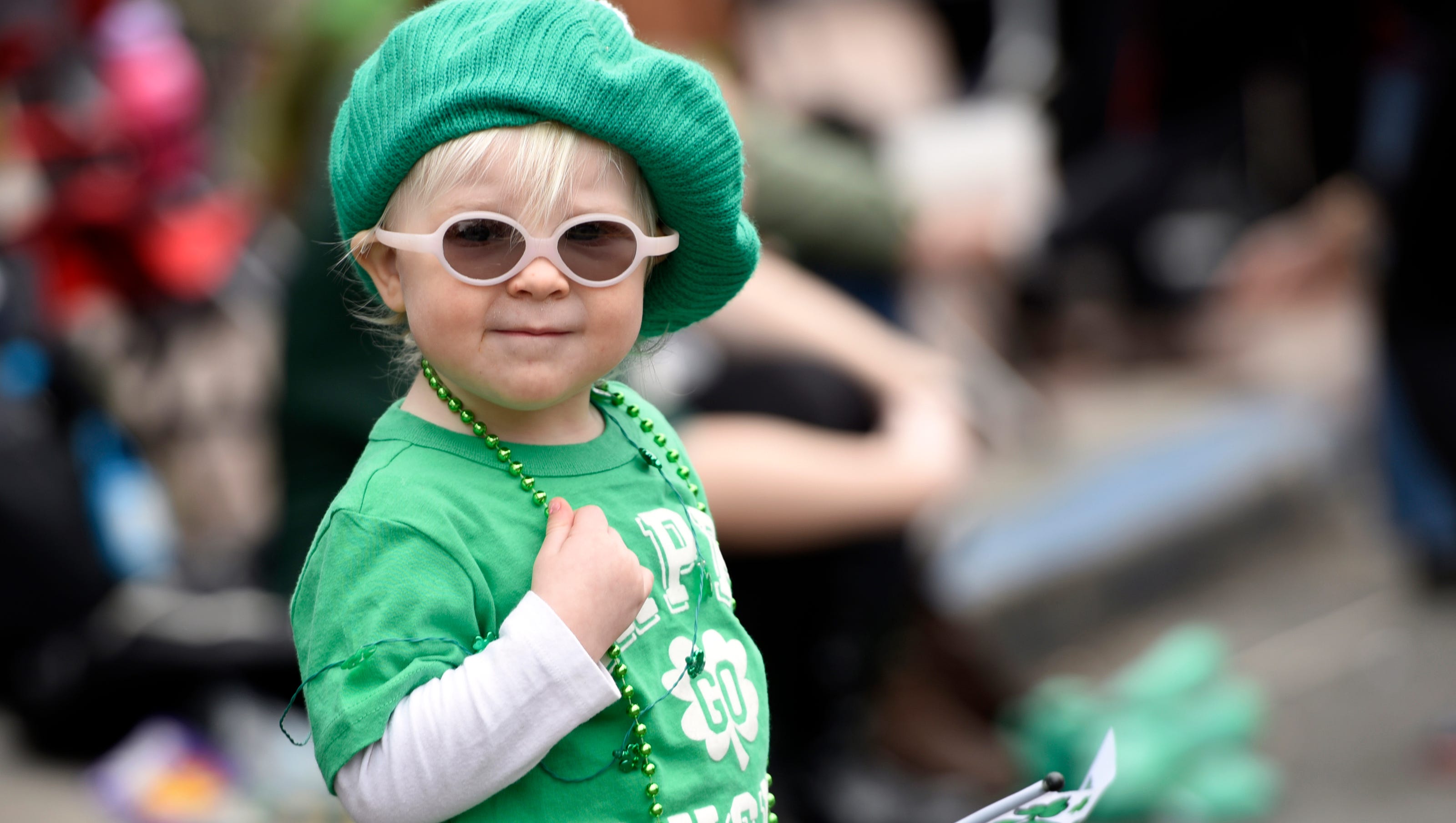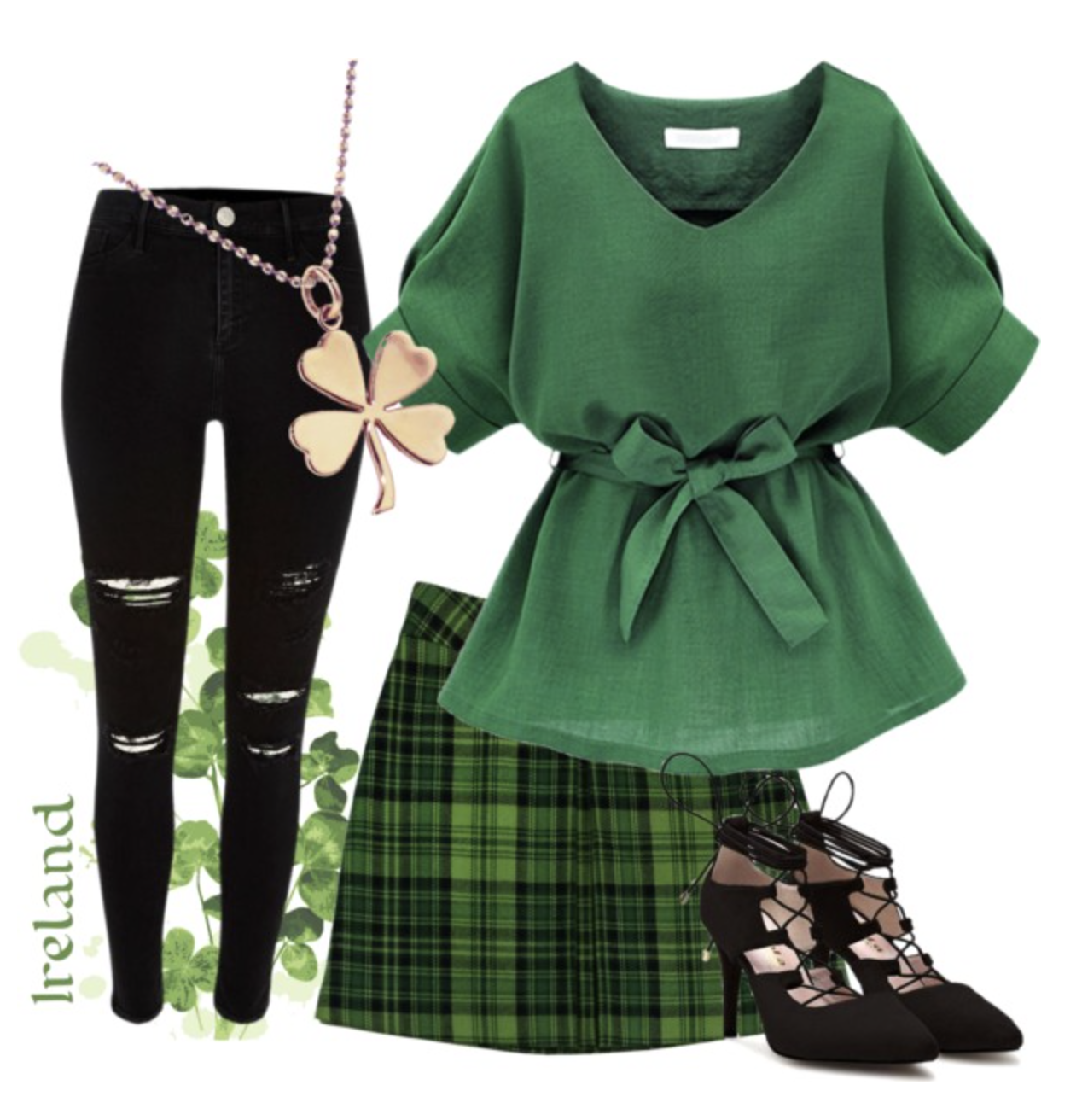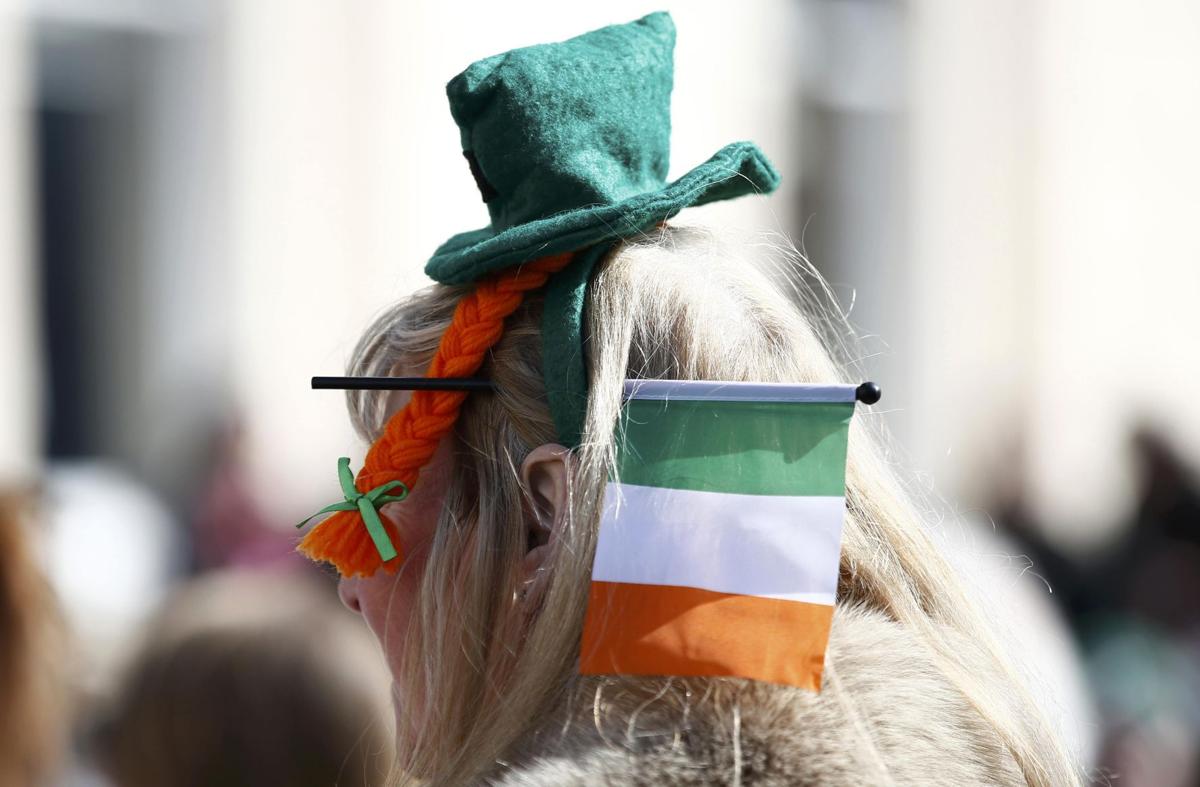Gallery
Photos from events, contest for the best costume, videos from master classes.
 |  |
 |  |
 |  |
 |  |
 |  |
 |  |
To understand why some people wear orange, you first have to understand why people wear green. St. Patrick's Day is a Roman Catholic holiday that was first celebrated in Ireland starting in 1631. Although orange may not be the traditional color we see on St. Patrick’s Day, for others it is an important symbol of their faith and heritage. The color orange is traditionally worn to honor William of Orange, a Protestant king who defeated the Catholic King James II in the late 17 century, according to Encyclopedia Britannica. This event The Best Irish Songs And The Best Irish Films Of All Time For Paddy’s Day; 8 Ways That We Celebrate St. Patrick’s Day In Ireland; The Most Notable St. Patrick’s Day Traditions In Ireland; 17 Tasty St. Patrick’s Day Cocktails To Whip Up At Home; How To Say Happy St. Patrick’s Day In Irish; 5 St. Patrick’s Day Prayers And Blessings To understand why some people wear orange, you first have to understand why people wear green. St. Patrick's Day is a Roman Catholic holiday that was first celebrated in Ireland starting in 1631. Some wear orange—a nod to the House of Orange and the Protestant heritage of Northern Ireland. It’s controversial. It’s symbolic. It’s the other side of Ireland’s complicated, beautiful, broken harmony. But on Paddy’s Day, most people wear green regardless—because for one day at least, the fight is forgotten and the flag is unified. Incorporating orange and green into St. Patrick’s Day outfits can be a creative way to celebrate and acknowledge Ireland’s diverse heritage. History of Wearing Orange on St Patrick’s Day. Wearing orange on St. Patrick’s Day has its roots in Irish history, specifically, the events surrounding the Battle of the Boyne in 1690. Nonetheless, St. Patrick's Day was co-opted by Protestants, who opted to don their representative orange instead of green for the day. The white stripe separating the green and orange ones on the country's flag is indicative of the unity both religions maintain, meaning there's no bad blood no matter what color you don. T hey say the whole world is Irish on St. Patrick's Day! Or at least, the whole world adopts a certain version of Irish culture. Every March 17, we break out our green clothing and jewelry, wear The Ultimate Guide to St. Patrick’s Day Colors: What Not to Wear. So, you’re prepping for St. Patrick’s Day and want to avoid a fashion faux pas (or worse, a pinch from a mischievous leprechaun!). The answer, according to tradition and a touch of historical context, is: you should probably avoid wearing orange on St. Patrick’s Day Therefore, on St. Patrick’s Day, Protestants protest by wearing orange instead of green. Ironically, no one wears white; the placement of the white stripe between the green and orange stripes on the Irish flag is supposed to symbolize the peace between the Roman Catholic majority and the Protestant minority. Section 3: Navigating St. Patrick’s Day Traditions. Embracing Unity: As we navigate the complex symbolism surrounding orange on St. Patrick’s Day, it’s essential to emphasize the broader spirit of the celebration. St. Patrick’s Day has evolved into a global celebration of Irish culture, unity, and friendship. The color green, on the other hand, is linked to Irish Catholics and nationalism. Since wearing green on St. Patrick's Day is closely tied to Irish Catholic traditions, wearing orange can be seen as a political statement that contradicts the spirit of the holiday. 2. What color should I wear on St. Patrick's Day? Green is the most appropriate While most St. Patrick’s Day enthusiasts bust out their green clothing on March 17, there are some who would rather wear orange. The reason has everything to do with religion. Therefore, on St. Patrick’s Day, Protestants protest by wearing orange instead of green. Ironically, no one wears white; the placement of the white stripe between the green and orange stripes on the Irish flag is supposed to symbolize the peace between the Roman Catholic majority and the Protestant minority. Wearing orange on St. Patrick’s Day may seem like a simple fashion choice, but it carries significant political undertones that are deeply rooted in Irish history. The color green is traditionally associated with St. Patrick’s Day because it represents the Catholic side of the Irish population. Every year, as March 17th rolls around, we’re smothered beneath an avalanche of green—green beer, green shamrocks, green everything—as if someone accidentally detonated a giant Leprechaun-themed confetti bomb. Amid this nauseating sea of verdant monotony, a dissenting few choose to wear orange, not as an alternative color choice, but as a rebuke to the cloying [] The color orange represents the sizable Protestant population within Ireland, and the green symbolizes Roman Catholicism, the religion that originally invented the holiday. Nonetheless, St. Patrick’s Day was co-opted by Protestants, who opted to don their representative orange instead of green for the day. Is it OK to wear orange on St Patricks Day? Catholics [] St. Patrick’s Day usually conjures images of partying, Catholicism, Irish nationalism and, perhaps most famously, the color green: green clothes, green shamrocks, green beer and green rivers. While most St. Patrick’s Day enthusiasts bust out their green clothing on March 17, there are some who would rather wear orange. The reason has everything to do with religion. On this Saint Patrick’s Day, you are likely to take part in that time-honored tradition of wearing green. If not, you risk punishment by pinch, an especially popular custom on schoolyards and
Articles and news, personal stories, interviews with experts.
Photos from events, contest for the best costume, videos from master classes.
 |  |
 |  |
 |  |
 |  |
 |  |
 |  |